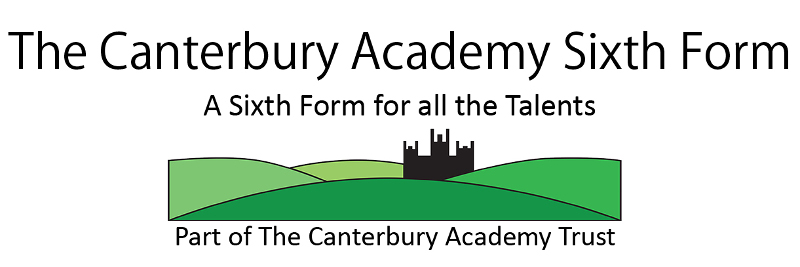
AQA A Level Product Design – 3D Design
What’s it about?
This creative and thought-provoking qualification gives students the practical skills, theoretical knowledge and confidence to succeed in a number of careers, especially those in the creative industries.
They will investigate historical, social, cultural, environmental and economic influences on design and technology, whilst enjoying opportunities to put their learning into practice by producing prototypes of their choice.
Students will gain a real understanding of what it means to be a designer, alongside the knowledge and skills sought by higher education and employers.
A Level Design and Technology: Product Design requires students to engage in both practical and theoretical study. This specification requires students to cover design and technology skills and knowledge as set out below. These have been separated into technical principles and designing and making principles.
Entry Requirements:
Preferably GCSE Design and Technology/Art grade C or above. English and Maths grade C or above is also preferable.
Contacts:
Mrs. S. Canavan – Director of Teaching and Learning
The Canterbury Academy Sixth Form
Course Content
A Level Design and Technology: Product Design (3-D Design) helps students take a broad view of design and technology, and develops their capacity to design and make products and appreciate the complex relations between design, materials, manufacture and marketing.
Technical principles
They must also be able to provide detailed and justified explanations of why specific materials and combinations of materials are suitable for given applications, with reference to:
- physical and mechanical properties (working characteristics)
- product function
- aesthetics
- cost
- manufacture and disposal
Designing and making principles
Students should be aware of, and able to explain, different approaches to user-centred design, that in approaching a design challenge there is not a single process, but good design always addresses many issues, including:
- designing to meet needs, wants or values
- investigations to inform the use of primary and secondary data
- market research
- interviews
- human factors
- focus groups
- product analysis and evaluation
- the use of anthropometric data and percentiles
- the use of ergonomic data
- the development of a design proposal
- the planning and manufacture of a prototype solution
- the evaluation of a prototype solution to inform further development
Progression
Academic
This course could lead to study of product design, graphic design, engineering, furniture designer, architecture at university and other forms of higher education.
Vocational
This course will help you to achieve employment in many industries including design, joinery, carpentry, electrician etc.
